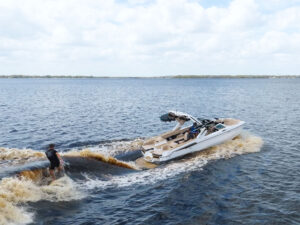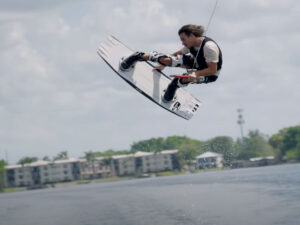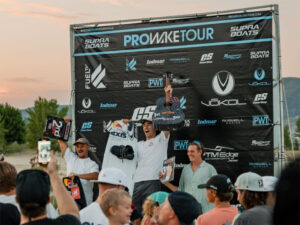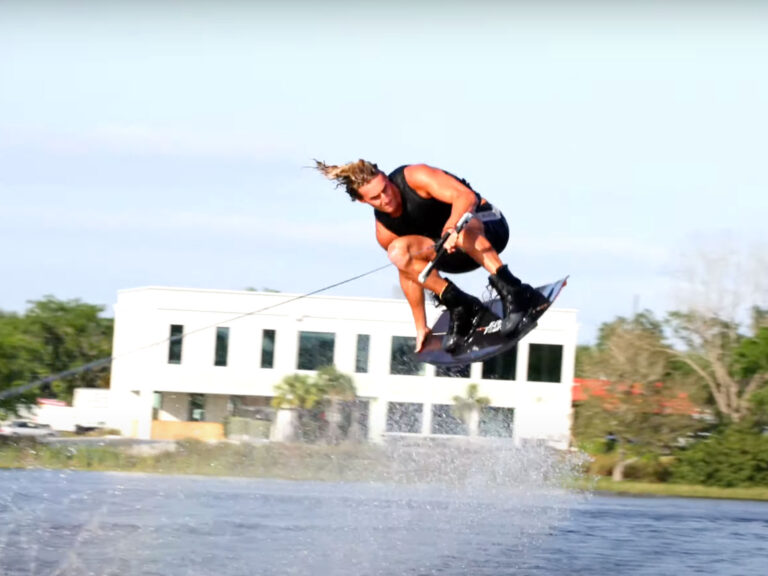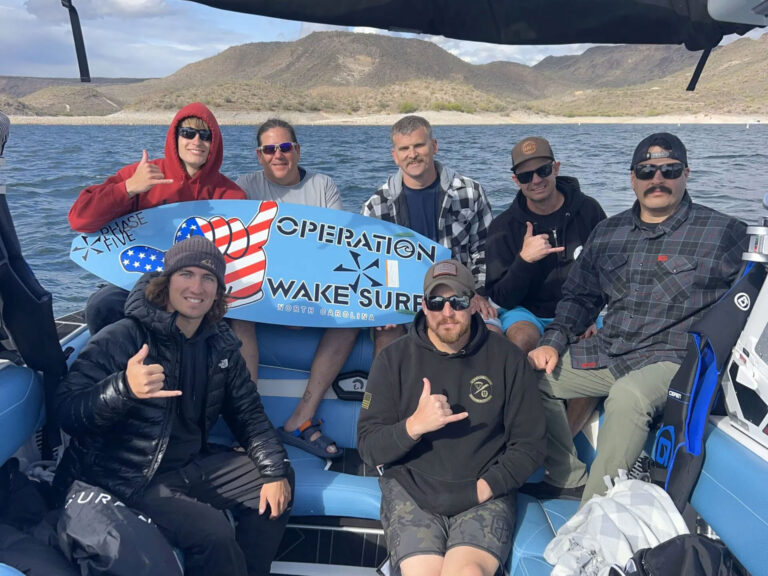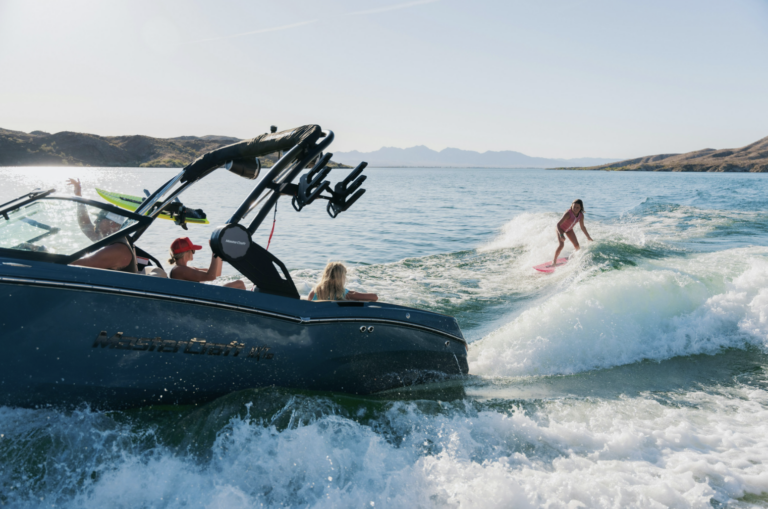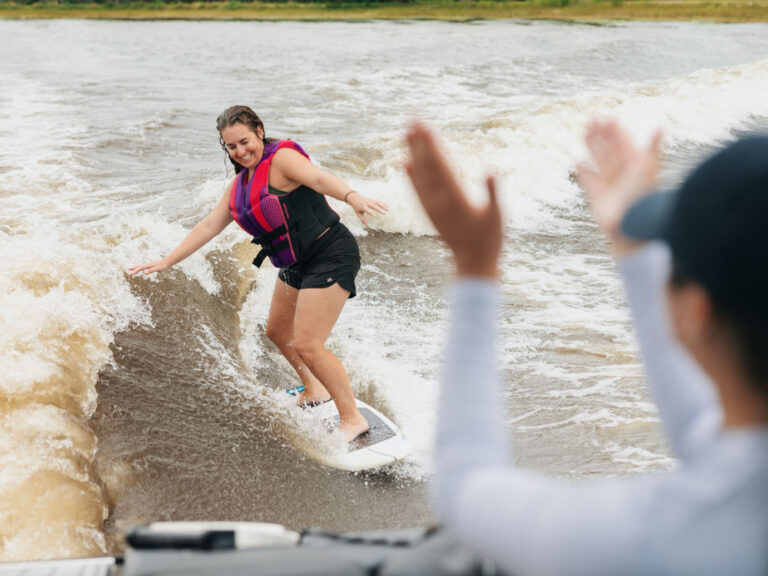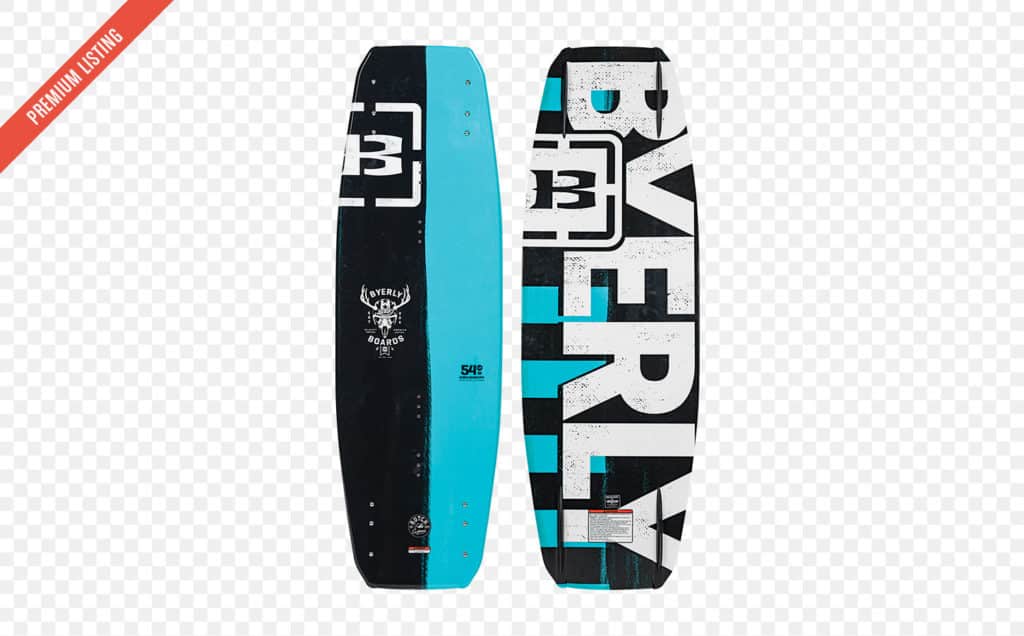
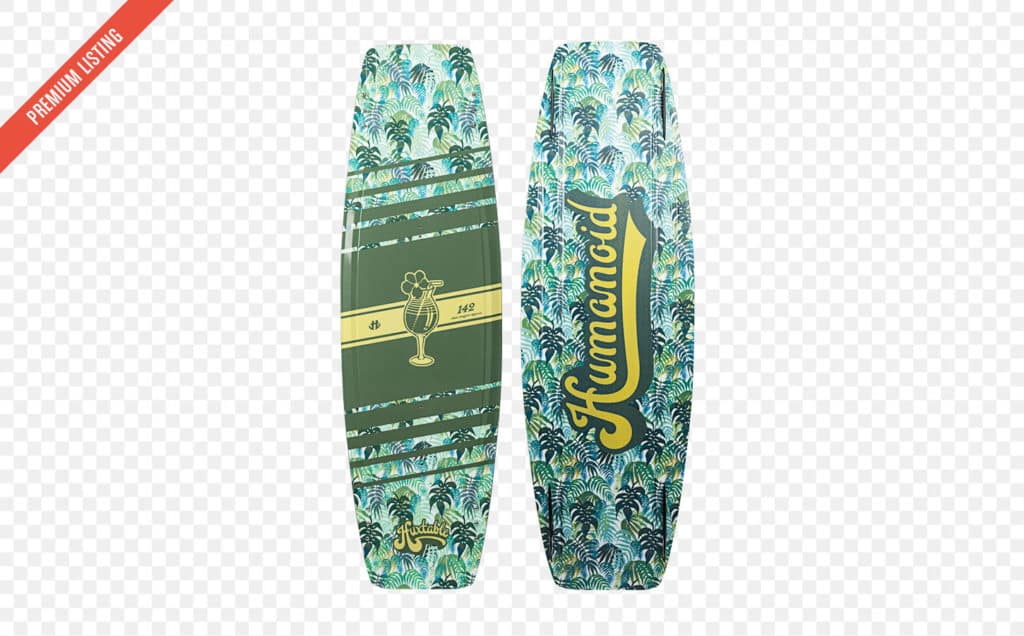
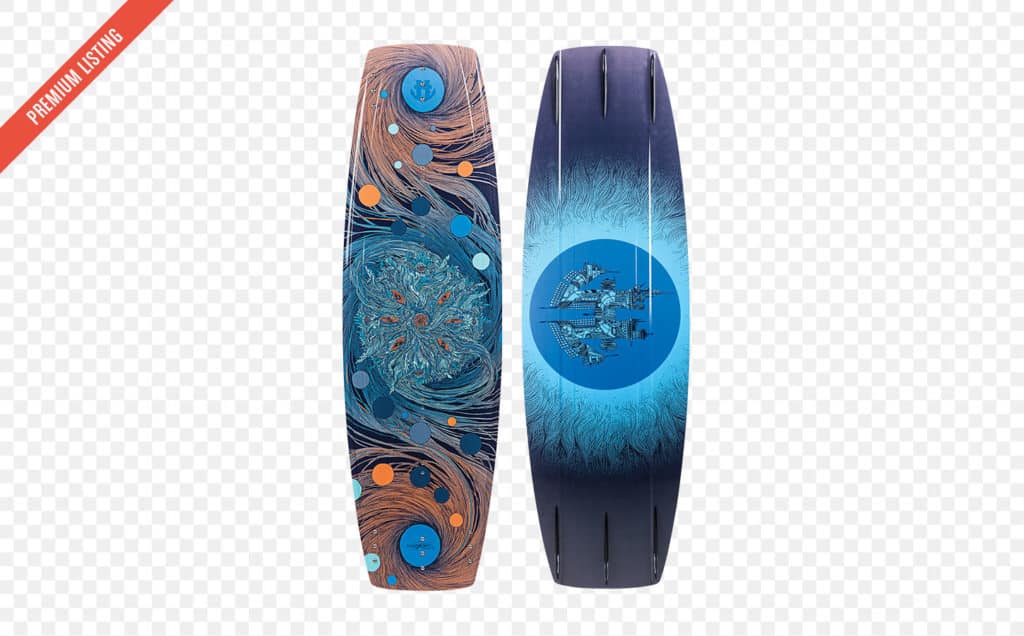
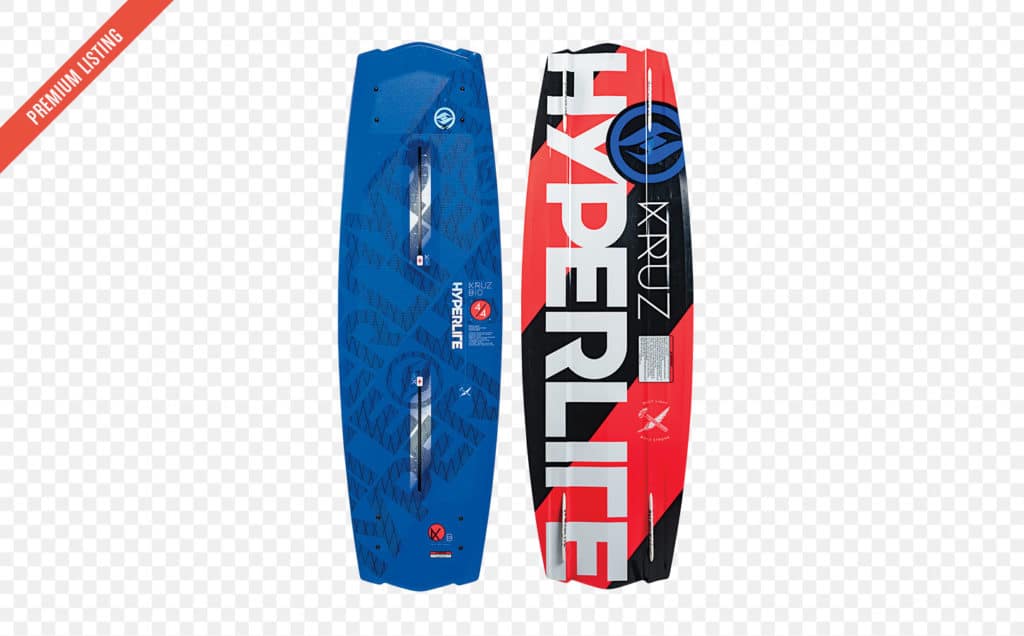
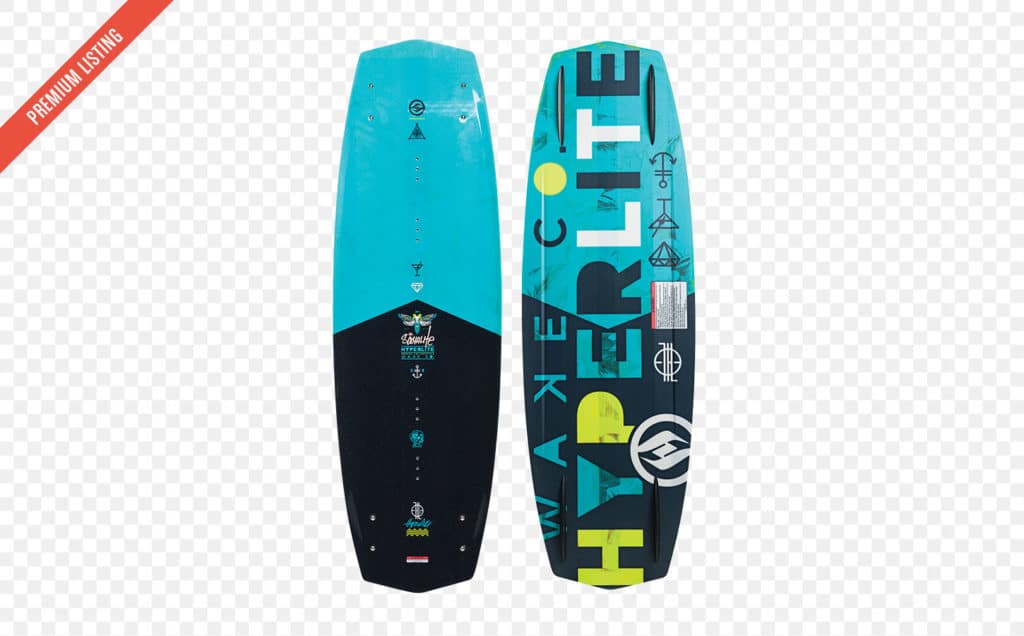
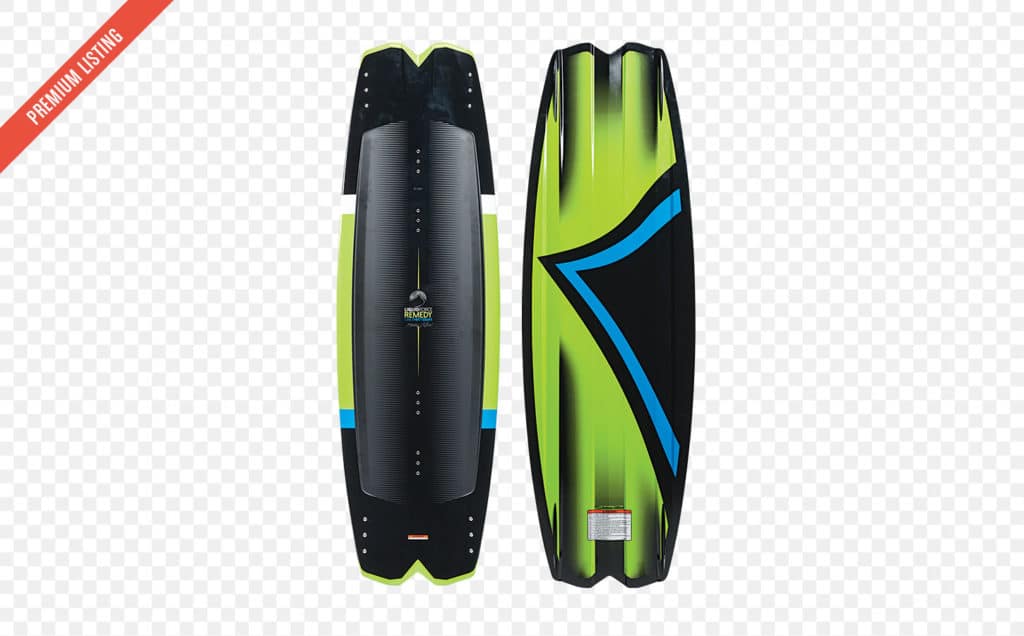

There are a few things to consider when selecting a new wakeboard. To help you with this process, we’ll define a few key terms and point out some features to look for when selecting your new board for the 2015 season. Once you’re up to speed on these features, we’ll help you whittle down your preferences based on the environment in which you plan to ride.
Features to get familiar with:
Flex: Every board has some amount of flex to it given enough pressure. Some flex a lot and some are incredibly stiff. Manufacturers design each of their boards to be flexible or stiff in strategic areas underfoot. There is no right or wrong answer here. It all boils down to your own personal preference.
Rocker: Rocker is the arc or bend in the board that keeps the tips up and the belly down. More rocker favors abrupt pop and softer landings, while boards with less rocker have less drag, which makes the board glide across the water more easily.
Fins: Fins can be bolted on or molded into the shape of the board. Channels may also run along the base of the board. These bottom features direct the flow of water and help stabilize the board by adding traction.
Boards with less bottom features track looser with less drag, while boards with deep channels and large fins will track much tighter, creating a more locked-in feel on the water.
Behind the Boat: If you plan to ride behind the boat exclusively, keep an eye out for stiffer flex patterns and fins. Boat-oriented shapes are designed to perform well while riding through the transition of the wake. These boards tend to have stiffer flex patterns in order to keep your rocker from changing as you ride through the wake’s transition. They also tend to have bottom features and fins to keep you tracking as you edge through the face of the wake. Both the flex pattern and rocker are left up to the rider’s preference.
At the Park: Be on the lookout for softer flex patterns and fins that are removable or nonexistent. Flex is ideal in the park for pressing on rails, absorbing transitionless landings, and creating an overall more-playful feel underfoot. Boards that have no fins, or fins that are removable, will allow you to hit obstacles without getting hung up. Likewise, fewer bottom features make for a smoother ride but sacrifice traction when finless.
Hybrid: If you are looking for a board that excels at both the cable park and behind the boat, then you’re in luck, because most wakeboards are well suited for both environments these days. There are very few boards that will not work for both. Generally, any cable board can still be ridden behind the boat if you don’t mind looser traction and softer flex patterns. However most boat-exclusive boards don’t translate over to park riding as well due to less-durable base materials and complex bottom features. The ideal hybrid board has removable fins and moderate flex. Outside those parameters, it’s left completely up to personal preference.
